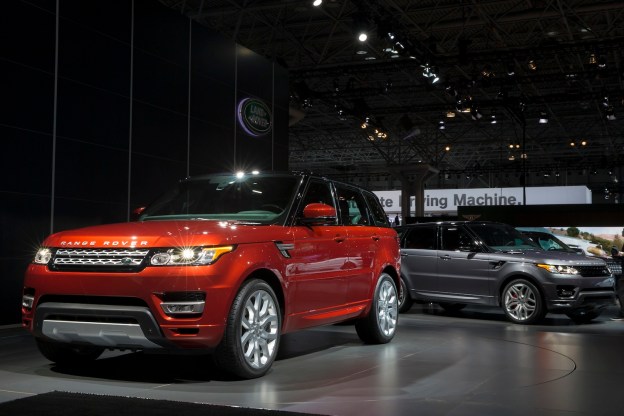
With the 2013 Range Rover, Land Rover returned to its roots a bit.
The original Land Rover relied on aluminum for most of its construction. Even early on, its V8s were all-aluminum while the rest of the planet was using iron.
For the all-new Range Rover, designers created a relatively lightweight aluminum frame and body – saving more than 600 pounds – called the D7 platform. Subsequently, that same platform has been passed down to the 2014 Range Rover Sport, which we just saw for the first time last month at the New York Auto Show.
Now Land Rover is taking that wise idea and sending it down the ranks, through the rest of its lineup.
The next LR4, which will thankfully return to its Discovery nameplate, will receive the new D7 chassis. Due sometime next year, the next-gen Discovery will be even more premium, for some reason.
We think Americans would be far more likely to buy a big, boxy British 4×4 Discovery if it were a bit less posh and had a bit more punch. If you want European off-road luxury, you’ve got plenty of choices, even within the Land Rover/Range Rover brand. Why LR wants to push the Disco up-market is beyond us.
Interestingly, though, Land Rover is planning a diesel hybrid based upon its current diesel V6 setup, according to Car and Driver. This brilliant powertrain isn’t likely slated for the U.S, however.
As for the rumors that the DC100 concept would become the next generation Defender: it won’t. After the hardcore Land Rover fans balked at the DC100’s design, Land Rover sent the two-door off-roader back to the drawing board.
So for those keeping score at home: The Range Rovers are now lighter and faster. The Discovery will be back but will be more luxurious. Diesel-hybrid drivetrains are still being kept off the American shores along with the ancient Defender.


